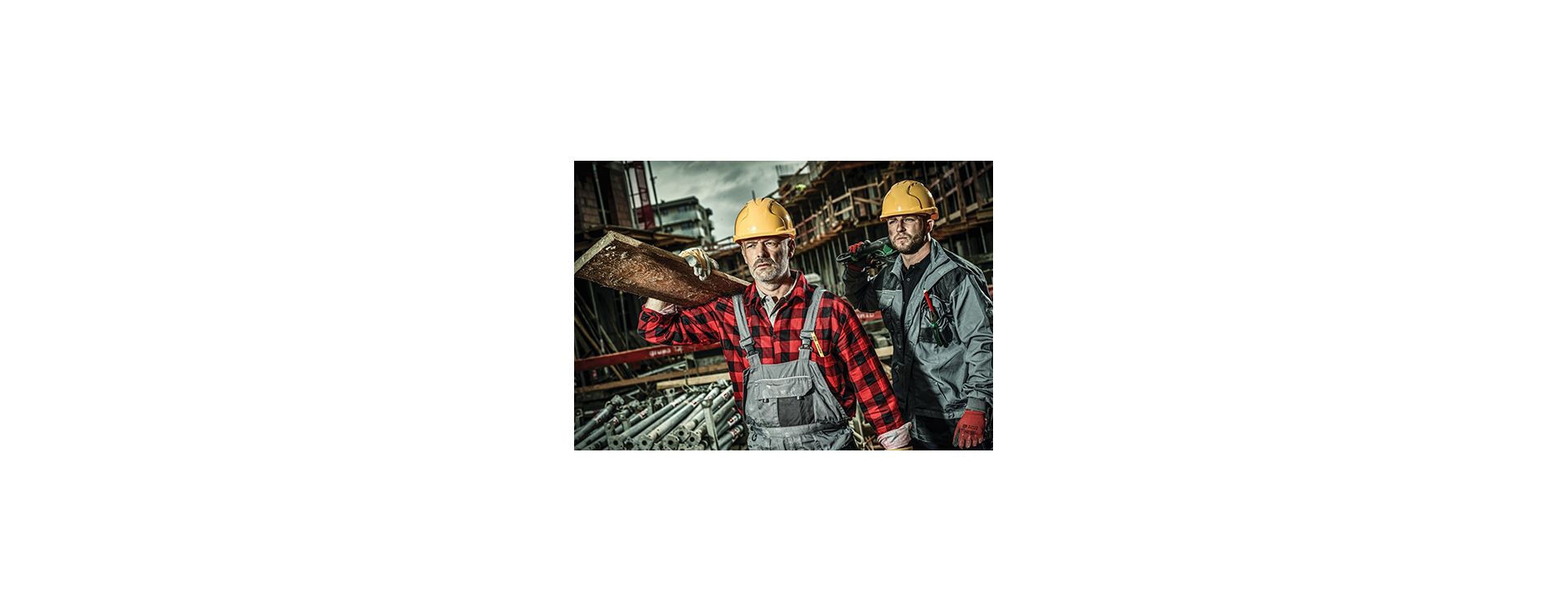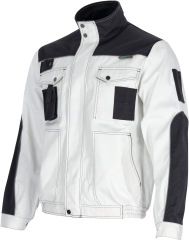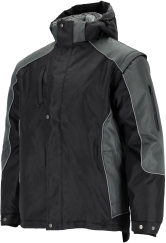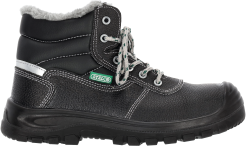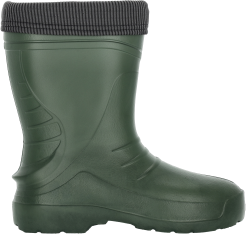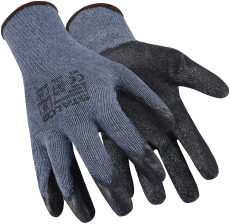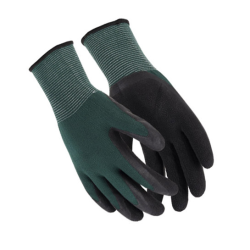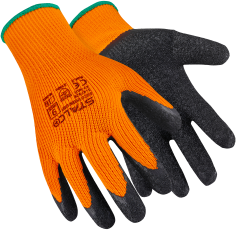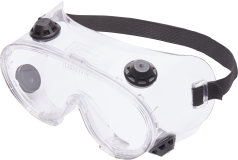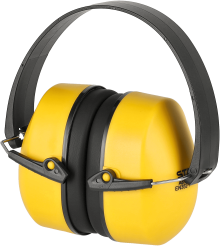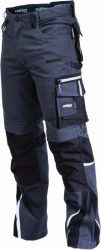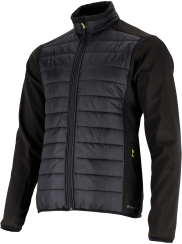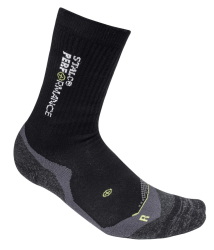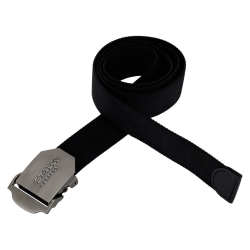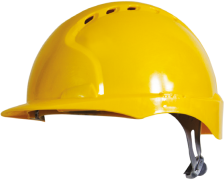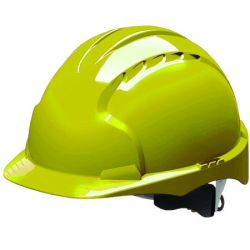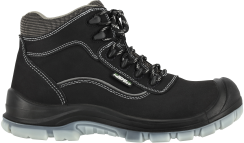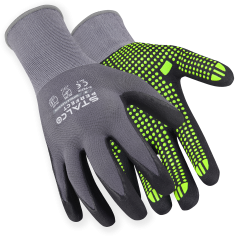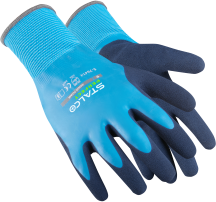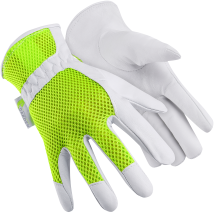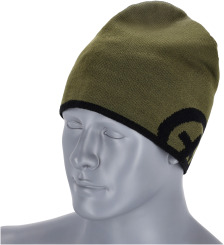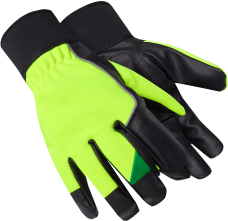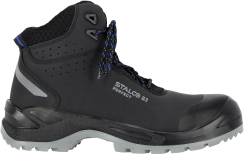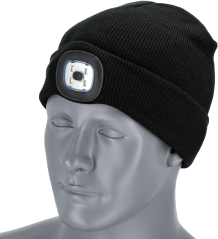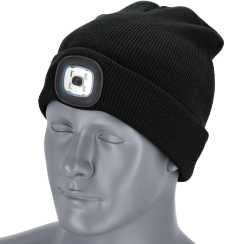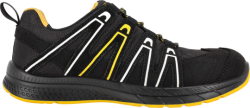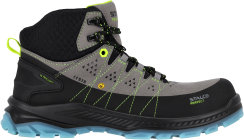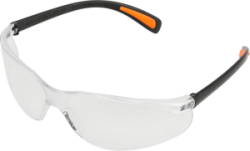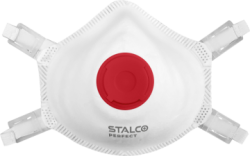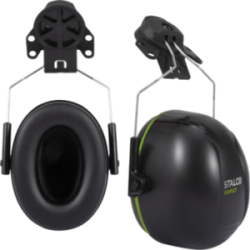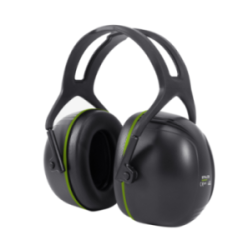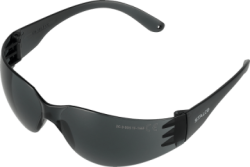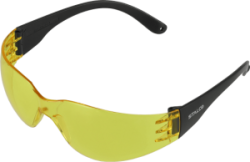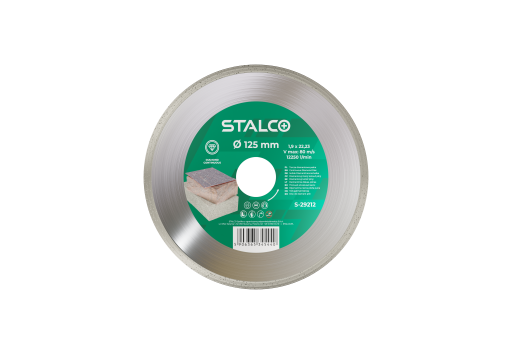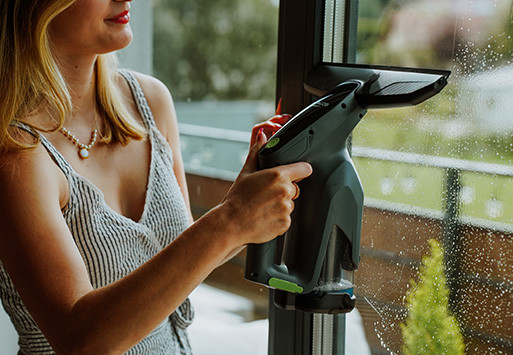Essential Protective Clothing for Various Work Environments
Choosing the right protective clothing is crucial for ensuring safety and compliance with occupational health standards. The type of protective clothing required varies depending on the specific job and associated risks. Here are the key elements and considerations for selecting the appropriate protective gear:
Categories of Protective Clothing
- Minimal Risk Protection: Designed to protect against low-risk hazards such as minor cuts and abrasions.
- Specific Risk Protection: Provides protection against specific hazards like cuts from tools or exposure to harmful chemicals.
- High Risk Protection: Essential for protecting against severe risks like extreme temperatures, chemicals, or biological hazards.
Key Elements of Protective Clothing
Work Pants
Work pants are fundamental for protecting the lower body from various workplace hazards. Here are some recommendations:
MORO X Work Pants
- Material: High-quality fabric with 275g/m², comprising 58% cotton, 33% polyester, and 5% spandex for comfort and flexibility.
- Features: Reinforced with durable CORDURA fabric, triple-stitched seams, removable leg sections for conversion to shorts, and reflective elements for safety.
- Additional Benefits: Equipped with YKK zippers, anti-slip waistband, and foam insert pockets at the knees.
Basic Line Work Pants
- Material: 65% polyester and 35% cotton blend with 267g/m².
- Features: Triple-stitched seams, Oxford fabric reinforcements, multiple functional pockets, and reflective elements.
- Versatility: Adjustable leg length by 4cm.
Allround Line Grey Work Pants
- Material: 60% cotton and 40% polyester blend with 280g/m².
- Features: Triple-stitched seams, Oxford 600D fabric reinforcements, elastic waistband, and foam insert pockets at the knees.
Outerwear
Outerwear varies depending on the job and environmental conditions.
Basic Line Grey Jacket
- Material: 65% polyester and 35% cotton blend with 267g/m².
- Features: Ventilation under arms, multifunctional pockets, reflective elements, and wide size range from S to XXXXL.
Allround Line Grey Jacket
- Material: 60% cotton and 40% polyester blend with 280g/m².
- Features: Reinforcements on shoulders and sleeves, multifunctional pockets, and adjustable cuffs with snap buttons.
Protective Footwear
Protective footwear is critical for preventing foot injuries from heavy objects, sharp materials, and slippery surfaces.
Light S1 Safety Shoes
- Features: Steel toe caps, anti-shock system, antistatic, slip-resistant, oil-resistant soles, and reflective elements.
- Material: Natural suede leather with ventilated mesh.
Service Safety Shoes
- Features: Lightweight, anti-shock system, antistatic, and slip-resistant.
- Material: Natural suede leather with ventilated openings.
Helios High S3 SRC Safety Boots
- Features: Composite toe caps, Kevlar anti-piercing insoles, reflective elements, and anti-shock system.
- Material: High-quality nubuck leather.
Eye Protection
Eye protection is necessary for tasks that involve flying debris, harmful chemicals, or intense light.
Parrot White Safety Glasses
- Features: Lightweight design, protection against low-energy particles.
Greeny Safety Glasses
- Features: Clear lenses, flexible material, and protection against low-energy particles.
Head Protection
Head protection is crucial in construction, forestry, and chemical environments.
Helius Industrial Helmet
- Features: Four-point harness, ventilation openings, water-drainage channel, and temperature resistance from -20°C to +50°C.
Hearing Protection
Hearing protection is essential in environments with high noise levels to prevent hearing damage.
Nellore Noise-Canceling Earmuffs
- Features: SNR 32.1 dB noise reduction, leather imitation pads, adjustable headband, and foldable design.
Conclusion
Choosing the right protective clothing involves considering the specific hazards associated with your work environment. Ensure that the clothing and accessories you select meet the required safety standards and provide the necessary protection for the tasks at hand. Investing in high-quality protective gear is crucial for maintaining safety and preventing workplace injuries.
Related products
Newsletter
Latest posts
Related posts

Co oznacza żółty znaczek z napisem ESD w butach?

Spodnie robocze dla mechanika

5 najczęstszych błędów przy pracy na wysokości – i jak ich unikać z pomocą sprzętu STALCO PERFECT

Women's safety clothing












